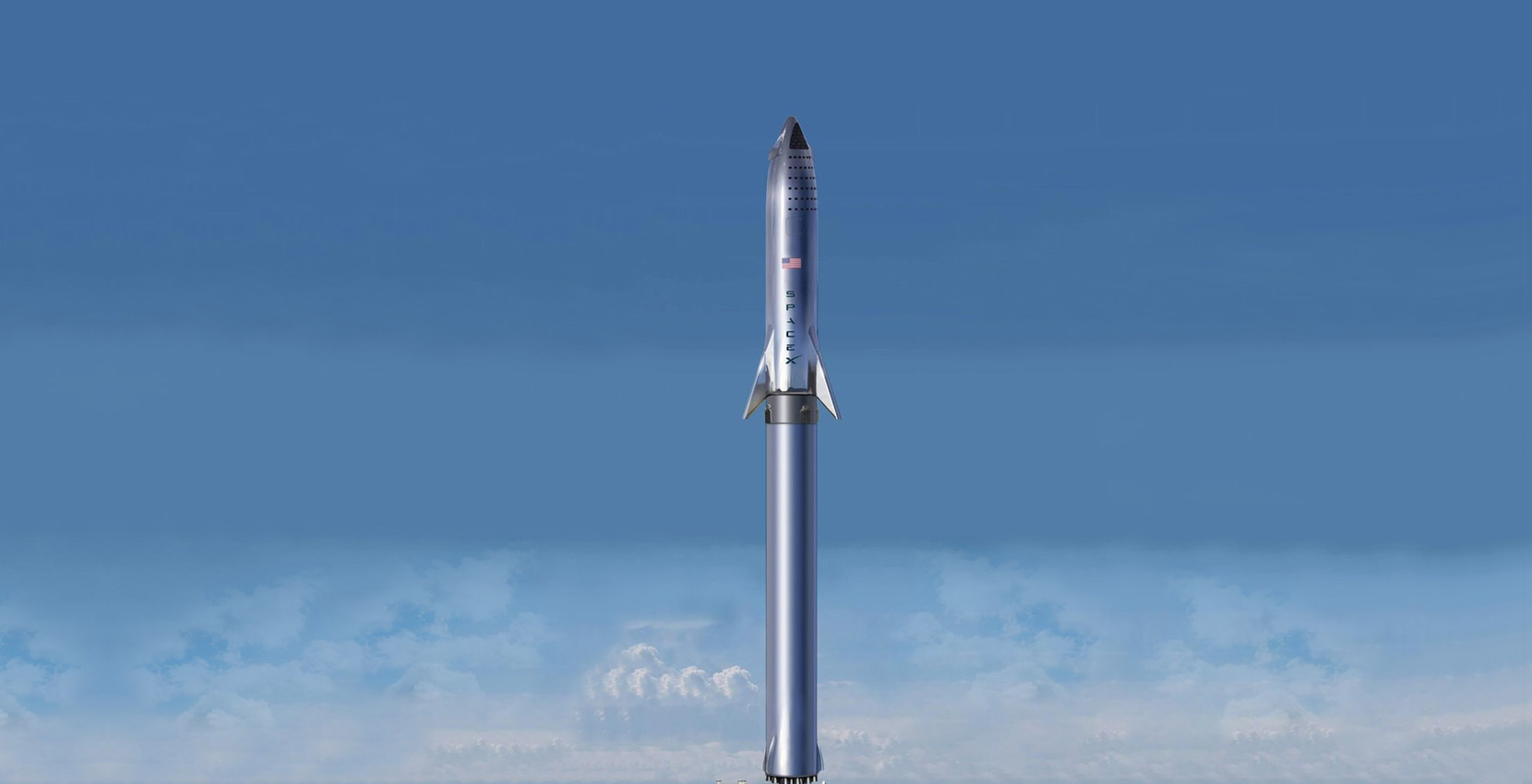
Life Cycle Costing
The exceptional durability, low maintenance requirements, and sustainability features of stainless steel translate into long-term cost savings. From reduced repair and replacement expenses to energy efficiency benefits, stainless steel is a smart and cost-effective investment.
Speaking strictly in economic terms, cost is always associated with Value of Money. The cheapest alternative may not always be the best option to choose when the entire life of the product is taken into account. Therefore, life cycle costing becomes an important key.
Life Cycle Cost (LCC) analysis is a means of quantifying the choice of materials for a product or construction, with the aim of selection of the most economic alternative. Stainless steel normally comes with an initially higher cost of material, but its longer life due to excellent wear and corrosion resistance, low requirement of maintenance, and recyclability compensate for the higher initial cost and make it an environment friendly material or ‘Green Material’.
Why is LCC important?
With the advent of new technology in every stream of engineering and the fast pace of the infrastructural and industrial progress, engineers are faced with daunting challenges in designing and constructing robust structures and machineries that are long lasting and low in maintenance. It is therefore necessary that engineers take the total life cycle costing for their designed structures into account.
Corrosion is the major culprit for loss of value and reduction in useful life of any structure. It causes plant shut downs, waste of valuable resources, loss or contamination of products, reduction in efficiency and costly maintenance. Awareness with respect to corrosion is very less in our country. A NACE International study estimates the global cost of corrosion to be USD 2.5 trillion, equivalent to roughly 3.4% of the global Gross Domestic Product (GDP).
Stainless steel, by virtue of its special chemical composition, is one such value added material for construction that offers long lasting and low maintenance structures. A good understanding of life cycle costing (LCC) is important to make informed choices and create values that will serve for years to come.
How LCC is calculated?
Corrosion is the major culprit for loss of value and reduction in useful life of any structure. Material costs are assessed with their implications. For example, initial outlay, maintenance and its frequency, downtime effects, production losses, repair, replacement, and other operationally related costs such as manpower and energy consumption.